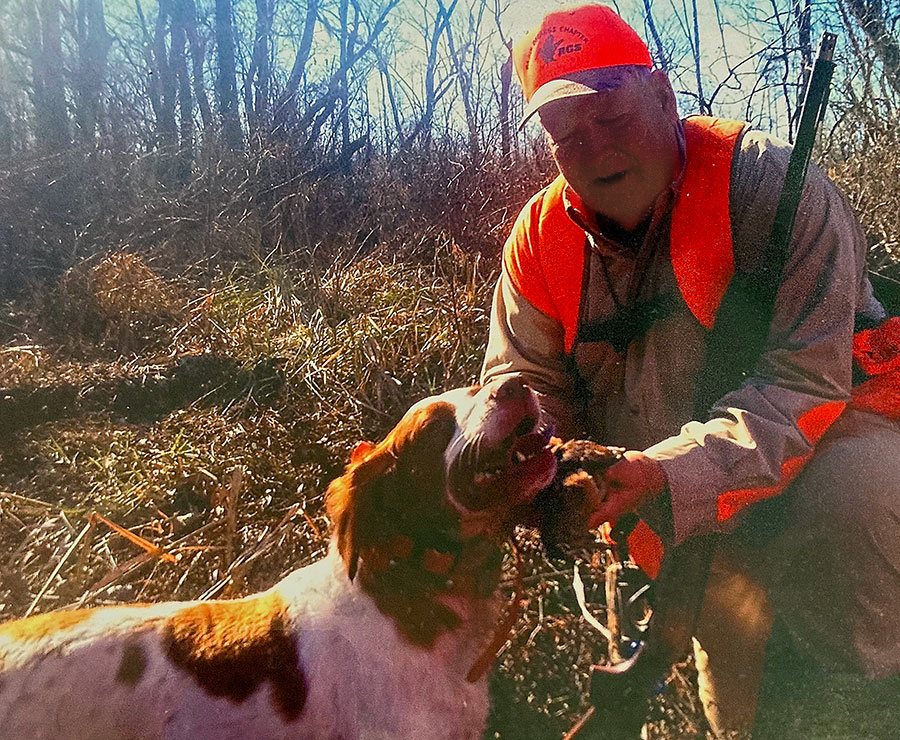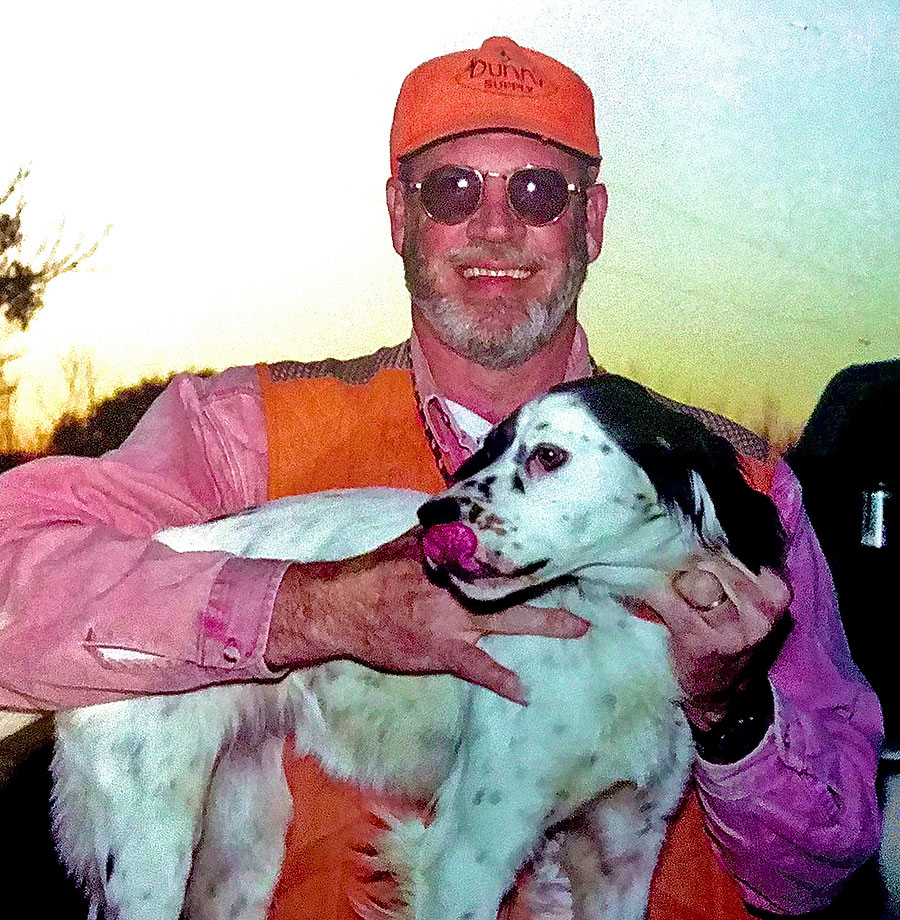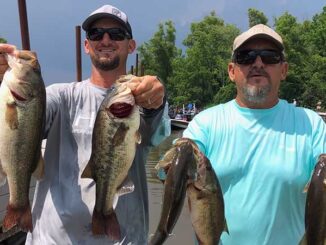
Most of us don’t picture Louisiana as a place where hunters, clad in orange vests, shotguns at the ready, walk up behind a dog locked on point to flush a covey of quail or a well camouflaged woodcock as a realistic image.
However, years ago the Bayou State had healthy populations of both. Changes in farming practices, fire ants, increases in predator populations and the explosion of wild hogs all have their impact. The good news is that there are still some places that hold huntable numbers where hunters and their dogs can pursue them. Several hunting preserves offering quail, pheasant and chukar hunts using pen-raised birds are an option also.
The late Lloyd Lindsey, Jr. of St. Francisville was a top-notch dog trainer, savvy bird hunter and all-around remarkable man. Mr. Lindsey was a U.S. Marine Corps Vietnam veteran, longtime educator, school superintendent and dedicated family man. As if training dogs wasn’t enough, he also trained and plowed his expansive garden with mules.
I was fortunate enough to get to know Mr. Lloyd and his family while attending LSU with his sons and got to know his wife, Marsha, and daughter, Ruthie, as well. His very close friend, training and hunting partner is retired LSU horticulturist, John D. Roy. The two logged countless miles on both odometers and legs hunting all over Louisiana, Texas and other states. When I reached out to Mr. Roy, come to find out, our families go back generations, and he hunted the same properties in Ventress as us.
Preferred breeds
Lindsey’s breeds of choice were English Pointers and Llewellin setters, Roy was a Brittany Spaniel man. Other popular breeds are the various other Spaniels, Pointers including American, German Shorthair, German Longhair and English Setters. Don’t count out those retrievers, either. I had some coworkers in the Midwest whose retrievers worked double duty fetching waterfowl and pointing pheasants, quail and ruffed grouse on the higher ground. The Hunting Retriever Club, mentioned in the previous column, has an Upland Hunter test and title that a dog must pass to earn its Grand Champion title.
According to Roy, who had a couple field trial champions, training begins with basic obedience the same as other working dogs, so the pup needs to learn sit, stay, come and other commands early on by both voice and whistle (one blast for sit/stay, trill for come).

Since upland dogs work more independently than their duck hunting kin, keeping the dog within a hunter’s preferred distance helps prevent pointed birds from escaping before the hunter is in position. When it’s time to learn hunting concepts, Roy advises starting a pup by having it retrieve a feather wrapped corn cob or dummy down a hallway so that it has no choice but to return with it. From there, a bird wing on a fly rod is used to let the pup chase it to build excitement and prey drive.
Using a check cord and the “Whoa” command teaches the dog to stop and point. A gentle push on the dog’s backside when it is locked up initiates the flush when commanded.
Repeat, repeat, repeat
Repetition is key until the pup has this down since a dog that busts every bird or covey it finds before the hunter is in position is basically useless and will have a very short career. As the dog progresses, hand signals are taught so the dog moves as directed where birds may be present.
We’ve all seen paintings or pictures of a dog locked on point while its partners “honor” or “back” it.
“That’s one of the toughest things to teach, but absolutely necessary,” Roy said.
Hunting a young dog with veteran dogs accomplishes this and a check cord or e-collar assist in the dog learning the lesson. Teaching quartering with whistle, voice, and hand signals teaches the dog to “zigzag” out front to help its nose to wind birds.
To finish the dog out, it needs to be hunted to gain experience. Since dogs may hunt heavy cover or range over open ground. GPS collars are popular and have tone options to differentiate between when the dog is moving or stationary, likely indicating it’s on birds. Knowing the dog’s location keeps the dog away from hazards and off property not to be hunted.
With the focus being finding, pointing, flushing and honoring, training a dog to that level is a very impressive feat. Availability of live birds, access to grounds with proper cover, as well as sometimes being limited to hunting seasons is really a testament to the dedication of Mr. Lindsey, Mr. Roy and others who take on the task. I plan to train my Lab on upland to provide more time and fun in the field for us both!


